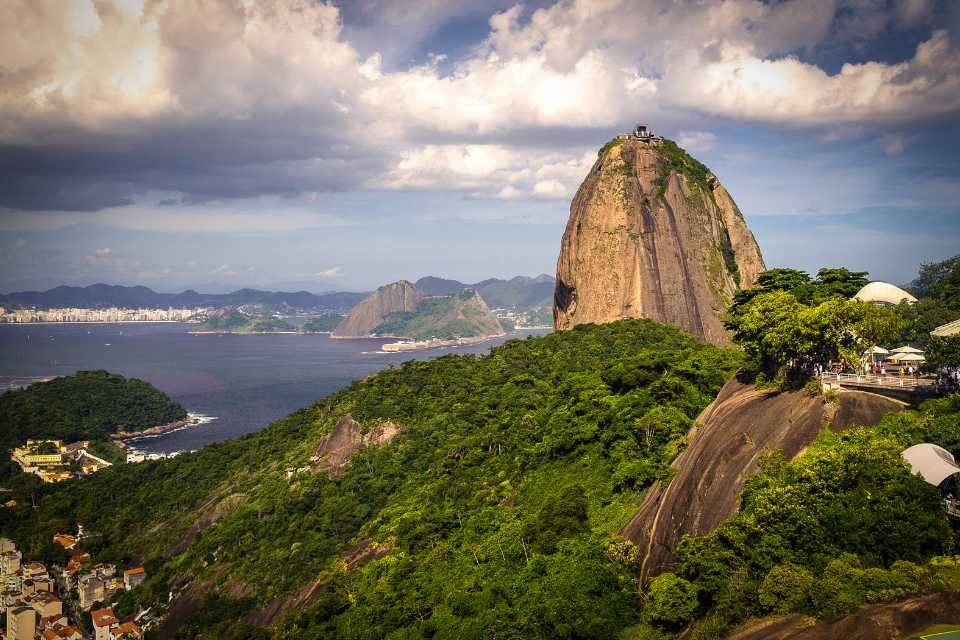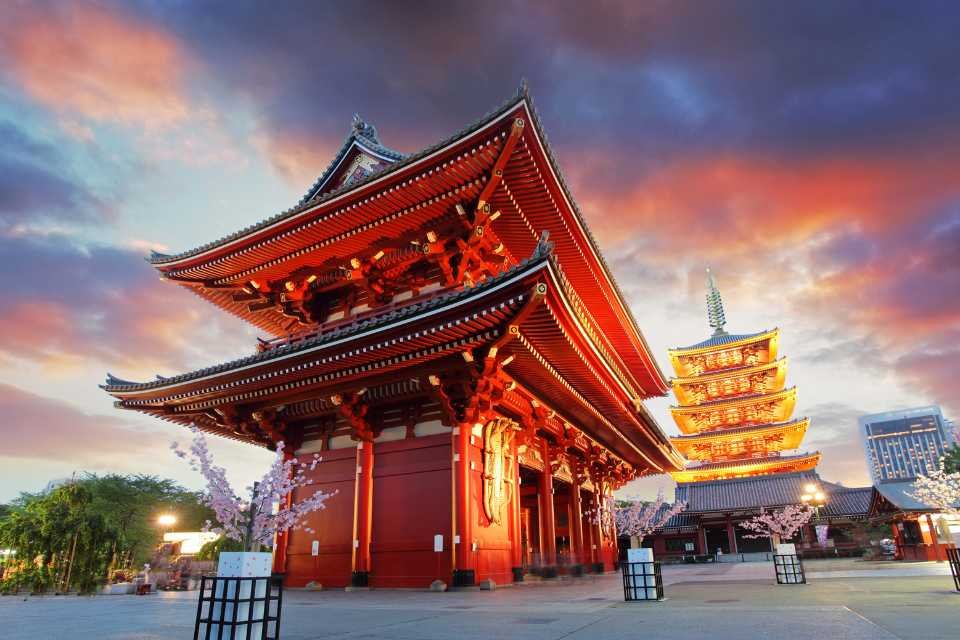Rio de Janeiro’s Sugarloaf Mountain travel guide
Intro lineEverything you need to know before visiting one of Rio’s most prominent natural landmarks
Sugarloaf Mountain, also known as Pao de Acucar, is a must-see landmark in Rio de Janeiro and a must-see sight for anybody visiting this gorgeous South American metropolis.
Awe-inspiring views of Rio de Janeiro, Tiuna National Park, the Christ the Redeemer statue, and the port can be had from the summit of the huge, 396-meter-high peak that dominates the city.
There are two cable cars that take you to the top. As you reach the summit, the city spreads out below you, with Corcovado Mountain and Christ the Redeemer (also known as Cristo Redentor) to the west and Copacabana Beach to the south.
Po de Açcar is a must-see, but be prepared to deal with a lot of people. The best time to visit is early in the morning, while cloudy days should be avoided.
Why is it called Sugarloaf Mountain?
Portuguese explorers in Brazil coined the name "Sugarloaf" in the 16th century when sugar cane was a major source of income in the country. Sugarloaf Mountain's summit resembles a loaf of refined sugar in shape.
Sugarloaf Mountain cable cars
Morro da Urca's first cable car ascends 215 feet. Toward the ocean, you can see the bay and curving shoreline; on the other side of the mountain, Praia Vermelha is located. In addition to the Arena Morro do Urca, which hosts concerts, the town of Morro da Urca features souvenir stores, snack bars, and a helipad.
Sugarloaf Mountain is accessible through the second cable car. A trendy open-sided bar (Clássico Beach Club) serves tropical beverages, as well as high-end appetisers, if the stunning heights upset you. Every 20 minutes, the two-stage cable cars take off.
For those staying in the vicinity of Copacabana Beach, you can take buses number 511 or 512 back to Ipanema Beach, however getting about by taxi is more faster, safer, and more convenient.
Some general information and safety tips are available at an information kiosk in the neighbourhood.
Hiking up Sugarloaf Mountain
There are about 40 alternative routes to the top of Po de Açcar with varying degrees of difficulty, making it a popular destination for climbers year-round. The most beginner-friendly route is Costao, however there are more experienced climbers who will like the more difficult Coringa. There are a number of companies that offer guided trips and equipment rentals for climbers of various skill levels.
How long does it take to climb Sugarloaf Mountain?
The Sugarloaf hike takes up to three hours and has some amazing views, but be prepared for some difficult sections and don’t attempt the hike if you aren’t fit and able. Take plenty of water and extra food too.
Sugarloaf Mountain tours
There are a number of companies in Rio that provide granite-climbing tours for those who prefer a more leisurely approach. Because Morro da Urca is a lot less difficult, even a novice climber can complete the route. 30-minute hike up a small, but steep route. Pista Cláudio Coutinho is where you'll find an unmarked trail.
If you don’t fancy the climb, then a boat tour of Guanabara Bay below will give you breathtaking views from the water.
Sugarloaf Mountain amenities
A modest gift store, a bar, and the chance to purchase simple culinary items are available at both Morro da Urca and Sugarloaf's viewing decks.
However, the prices are a touch high and the food isn't of the highest quality. Come prepared with non-alcoholic drinks and food if you're on a tight budget or intend to stay for an extended period of time.
Toilets can be found in both areas.
When is the best time to visit Sugarloaf Mountain?
Sugarloaf should be climbed on a clear day to avoid both Urca and Sugarloaf being obscured by cloud.
Sugarloaf, Rio de Janeiro's second most popular tourist destination, is quite crowded from 10 a.m. to 3 p.m. With that said, it's impossible to totally escape the crowds, although it is possible to avoid them at certain times of the day.
More Rio de Janeiro attractions near Sugarloaf Mountain
Ipanema Beach (Praia de Ipanema)
The calm appeal and cleaner surroundings of Ipanema Beach outweigh the lack of popularity that comes with its neighbour, Copacabana Beach, and the white sands, turquoise waters, and local character that give Rio de Janeiro's beaches their claim to fame.
Tijuca National Park (Parque Nacional da Tijuca)
The Atlantic rain forest that encircled Rio de Janeiro before to the 19th century was deforested. Thirteen square miles (33 square kilometres) of jungle known as Tijuca National Park exist today (Parque Nacional da Tijuca). More than 300 bird species, waterfalls, and Rio's most recognisable landmark, Christ the Redeemer (Cristo Redentor), may be found in the world's largest urban forest, which is covered in tropical trees bound together by jungle vines.
Copacabana Beach (Praia de Copacabana)
At Rio de Janeiro's fabled Copacabana Beach, visions of sun-kissed beach volleyball players, visitors sipping agua de coco from brilliant green coconuts, and bikini-clad revellers dancing into the night come to mind – and you’ll find all of it.













